Pimobendan & Benazepril Tablets for Cats: A Complete Guide to Feline Heart Health and Treatment
Heart disease in cats is a serious and often underdiagnosed condition. Among the pharmacological tools available, Pimobendan and Benazepril stand out as a potent combination to manage congestive heart failure (CHF) and other cardiomyopathies in felines. While each drug has a unique mechanism of action, their combined use provides synergistic support for cats with heart disease, improving both quality and length of life.
What Are Pimobendan & Benazepril?
Pimobendan
- Enhance the contractility of the heart
- Reduce the load on the heart by dilating blood vessels
Benazepril
Benazepril is an ACE inhibitor, commonly used to:
- Decrease blood pressure
- Reduce proteinuria
- Alleviate heart stress caused by fluid retention and high systemic resistance
Together, these two drugs target both the strength of heart contractions and the overall workload, which is essential in managing feline heart failure.
Indications in Cats
While these medications are primarily studied in dogs, emerging off-label uses in cats have gained significant traction. The combined use of Pimobendan and Benazepril in cats may be indicated in the following conditions:
1. Hypertrophic Cardiomyopathy (HCM) with CHF
- Pimobendan enhances contractility and reduces afterload
- Benazepril reduces hypertension and myocardial strain
2. Dilated Cardiomyopathy (DCM)
- Rare in cats but treatable using this combo to boost weak contractions
3. Restrictive Cardiomyopathy
- The combination may assist in symptom relief and quality of life enhancement
4. Congestive Heart Failure (CHF)
- When fluid accumulation begins, this drug duo is essential for:
- Improving circulatory efficiency
- Reducing congestion
- Enhancing oxygen delivery
5. Systemic Hypertension with Cardiac Involvement
- Benazepril plays a key role in reducing systemic blood pressure
- Pimobendan assists failing myocardial function
Mechanism of Action
| Drug | Mechanism | Benefit |
| Pimobendan | Inhibits phosphodiesterase III, increases intracellular calcium sensitivity | Improves heart contractility without increasing oxygen demand |
| Benazepril | Blocks conversion of angiotensin I to II | Lowers blood pressure, reduces cardiac remodeling, and protects kidneys |
Dosage and Administration of Pimobendan & Benazepril Tablets in Cats
Administering Pimobendan and Benazepril Tablets to cats requires veterinary guidance and regular monitoring, as both medications are typically used off-label in feline cardiology. This section provides a detailed overview of the recommended dosage, methods of administration, and key considerations when using this combination therapy in cats.
General Dosage Guidelines
| Medication | Dosage Range | Frequency | Route |
| Pimobendan | 0.1–0.3 mg/kg | Twice daily (every 12 hours) | Oral |
| Benazepril | 0.5–1.0 mg/kg | Once daily | Oral |
Dosages may vary depending on the cat’s weight, cardiac function, kidney status, and concurrent medications. Always follow your veterinarian’s exact instructions.
Pimobendan: Dosing and Instructions
- Function: Positive inotrope and vasodilator to improve cardiac contractility and reduce afterload
- Form: Available in tablets or compounded oral liquid
Note: Pimobendan tablets can be split or crushed, but flavored compounded liquids are often easier to dose accurately for cats.
Benazepril: Dosing and Instructions
- Function: ACE inhibitor used to reduce blood pressure and decrease cardiac workload
- Form: Tablets or compounded liquid (flavored for easier administration)
- Timing: Can be given with or without food
- Dosing Example:
- A 4 kg cat at 0.5 mg/kg = 2 mg once daily
Tip: Give Benazepril at the same time each day to maintain stable blood levels and therapeutic effect.
Dosing by Body Weight
| Cat Weight | Pimobendan Dose (mg) | Frequency | Benazepril Dose (mg) | Frequency |
| 2 kg | 0.2–0.6 mg | Twice daily | 1–2 mg | Once daily |
| 3 kg | 0.3–0.9 mg | Twice daily | 1.5–3 mg | Once daily |
| 4 kg | 0.4–1.2 mg | Twice daily | 2–4 mg | Once daily |
| 5 kg | 0.5–1.5 mg | Twice daily | 2.5–5 mg | Once daily |
| 6 kg | 0.6–1.8 mg | Twice daily | 3–6 mg | Once daily |
Administration Tips
- Use pill pockets or soft treats to hide tablets
- If needed, crush tablets and mix with a small amount of wet food (check with your vet first)
- Consider compounded liquid versions for easier oral administration
- Always have fresh water available
Monitoring During Treatment
- Blood pressure: Check every 2–4 weeks initially, then every 3–6 months
- Kidney function: Blood urea nitrogen (BUN), creatinine, and urine protein levels should be monitored regularly
- Electrolytes: Potassium and sodium may be affected by ACE inhibitors
- Heart rate and breathing: Track at home if possible—resting respiratory rate should be <30 breaths/min
When to Withhold or Adjust Dosage
- Vomiting or refusal to eat for more than 24 hours
- Signs of hypotension: weakness, collapse, disorientation
- Worsening kidney values on bloodwork
- New or worsening heart rhythm abnormalities
Always consult your veterinarian before making any changes to the dosage schedule or stopping medication.
Benefits of Pimobendan & Benazepril Combination
1. Enhanced Exercise Tolerance
Cats may become more active and responsive to stimuli due to improved perfusion.
2. Lowered Blood Pressure
Benazepril helps manage secondary hypertension, a common issue in older felines.
3. Delayed Progression of Heart Disease
Veterinary cardiologists report that this combination can extend a cat’s life expectancy and delay the worsening of symptoms.
Possible Side Effects and Precautions of Pimobendan & Benazepril Tablets for Cats
While Pimobendan and Benazepril Tablets can significantly improve heart function in cats, their use must be approached with care. As with all medications, side effects can occur, and certain precautions must be followed to ensure safe and effective treatment.
Possible Side Effects
1. Gastrointestinal Upset
- Symptoms: Vomiting, nausea, diarrhea, reduced appetite
- Action: Try administering with a small amount of food and monitor closely
2. Lethargy or Weakness
- Symptoms: Fatigue, decreased activity, general weakness
- Cause: May be due to low blood pressure from Benazepril
- Action: Have your vet check your cat’s blood pressure and organ function regularly
3. Increased Thirst and Urination
- Symptoms: Drinking more water than usual, frequent urination
- Cause: Can be a sign of kidney impact from Benazepril
- Action: Report to your vet; blood and urine tests may be needed
4. Loss of Coordination or Collapse
- Symptoms: Wobbling, fainting, sudden collapse
- Cause: Severe hypotension or arrhythmia
- Action: This is a veterinary emergency—stop medication and seek help immediately
Less Common but Serious Side Effects
1. Hypotension (Low Blood Pressure)
- A dangerous drop in blood pressure can cause fainting, dizziness, or collapse.
- Blood pressure should be monitored routinely when these medications are prescribed.
2. Kidney Dysfunction
- Benazepril can reduce kidney blood flow in some cats, especially those with pre-existing kidney issues.
3. Electrolyte Imbalance
- Loss of sodium or potassium may occur, especially if used with diuretics.
- Signs include muscle weakness, tremors, or irregular heartbeat.
4. Cardiac Arrhythmias
- Pimobendan may increase the risk of irregular heartbeats in sensitive cats.
- Report any abnormal breathing, restlessness, or sudden behavioral changes.
Precautions
| Precaution | Details |
| Veterinary supervision required | These are potent drugs; only use under a vet’s guidance |
| Monitor kidney function | Benazepril may reduce kidney filtration—monitor BUN, creatinine, and urine |
| Avoid in severe hypotension or shock | These medications can worsen the condition |
Owner Monitoring Tips
- Track appetite and water intake
- Count resting respiratory rate (should be 20–30 breaths/min)
- Note any vomiting, weakness, or behavior changes
- Schedule blood pressure checks and lab tests regularly
- Inform your vet before combining with other medications
Drug Interactions
Avoid combining with:
- NSAIDs (may impair kidney function)
- Other ACE inhibitors or diuretics (potentiates hypotension)
- Spironolactone (monitor potassium levels)
- Beta-blockers (use under strict supervision)
Clinical Research and Veterinary Evidence: Pimobendan & Benazepril Tablets for Cats
Though Pimobendan and Benazepril are primarily approved for dogs, growing veterinary interest and off-label use in cats have led to an increasing body of clinical research and observational evidence supporting their use in feline cardiology.
1. Pimobendan in Feline Cardiomyopathy
Studies evaluating Pimobendan in cats with hypertrophic cardiomyopathy (HCM) and congestive heart failure (CHF) have shown promising outcomes:
- Improved diastolic filling and enhanced cardiac output
- Increased survival times and reduced clinical symptoms (e.g., dyspnea, lethargy)
- In one study, cats receiving Pimobendan with CHF had a median survival of 626 days 103 days in untreated controls
- No significant increase in arrhythmia risk in well-monitored patients
Reference: “Efficacy of Pimobendan in Cats with Heart Failure” – Journal of Feline Medicine and Surgery
2. Benazepril and Renal/Cardiac Protection
Benazepril has been extensively studied for:
- Reducing systemic blood pressure in hypertensive cats
- Managing proteinuria in chronic kidney disease (CKD)
- Improving quality of life in cats with cardiac disease and concurrent renal compromise (cardio-renal syndrome)
A pivotal multicenter study in cats with proteinuric kidney disease showed:
- Significant reduction in protein loss
- Delayed progression of CKD
Reference: “The Use of Benazepril in Feline Hypertension and Proteinuria” – International Renal Interest Society (IRIS)
3. Combination Therapy: Real-World Evidence
Though controlled trials on Pimobendan + Benazepril combination in cats are limited, veterinary case reports and cardiology practices report:
- Synergistic improvement in cardiac function
- Better management of CHF symptoms
- Improved survival rates and appetite in cats with end-stage heart disease
Monitoring protocols (BP, BUN, creatinine, electrolytes) are emphasized for safety.
Conclusion
Pimobendan & Benazepril Tablets represent a powerful and complementary treatment option for managing heart disease in cats, especially in cases like hypertrophic cardiomyopathy (HCM) and congestive heart failure (CHF). Though originally developed for dogs, growing clinical experience and veterinary case reports support their safe and effective off-label use in cats under professional supervision. With careful monitoring—particularly of blood pressure, kidney parameters, and electrolytes—these medications can significantly improve a cat’s quality of life and longevity.







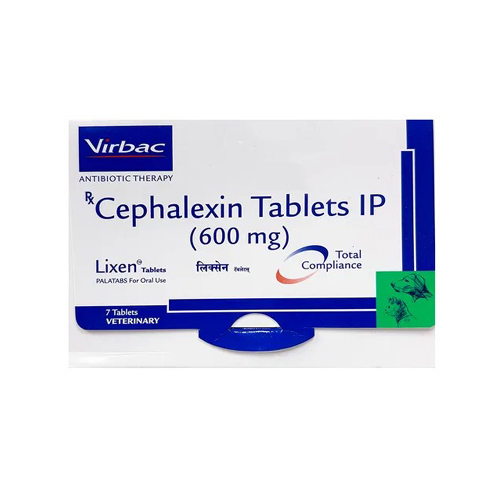
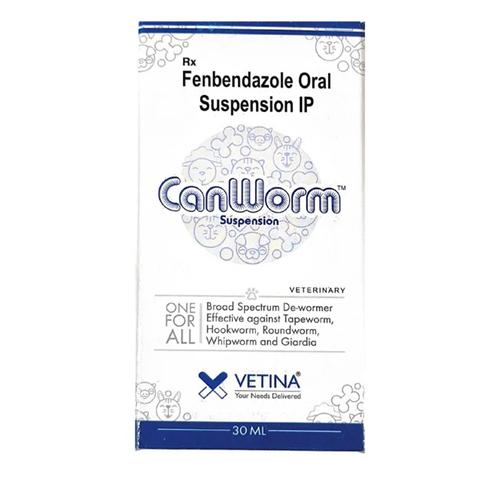



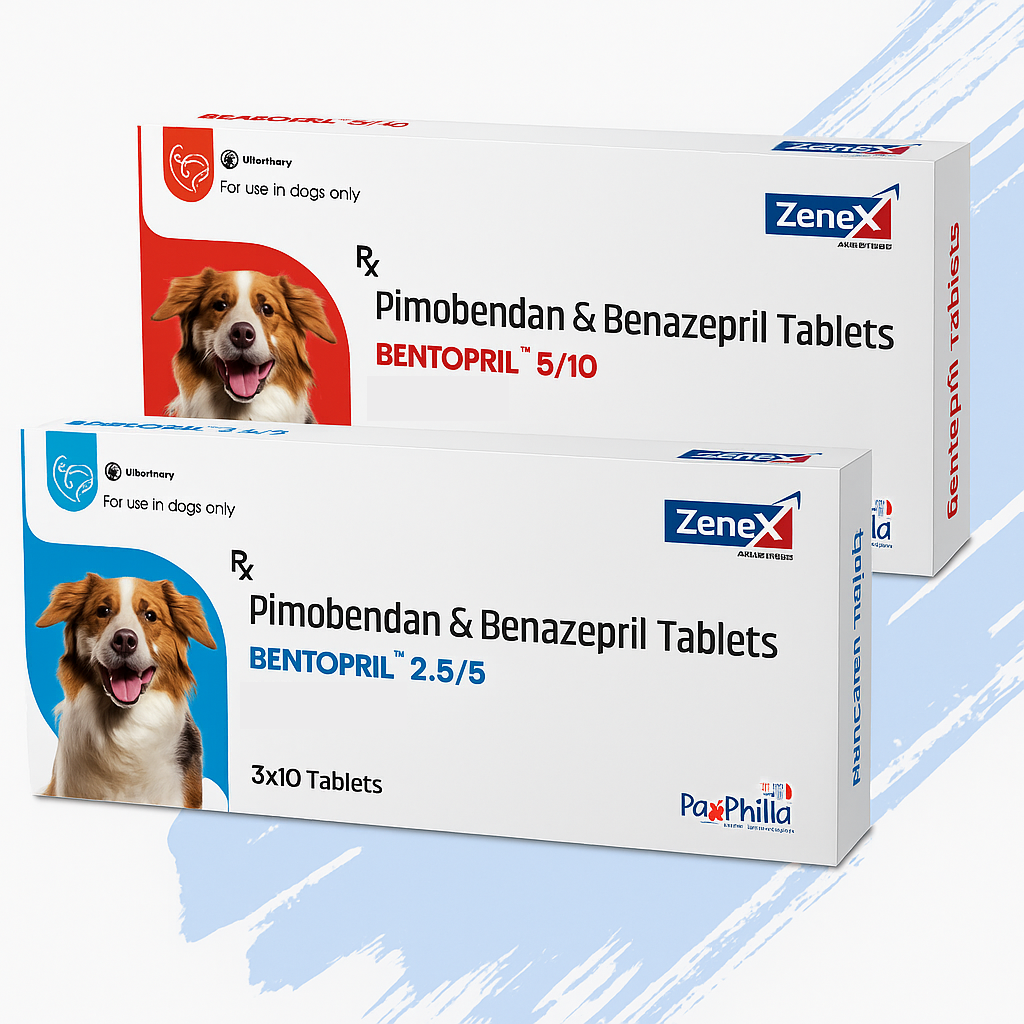
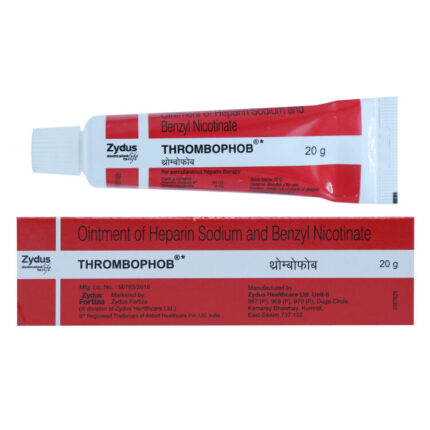
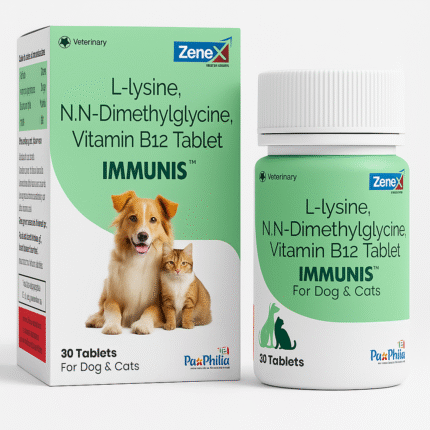
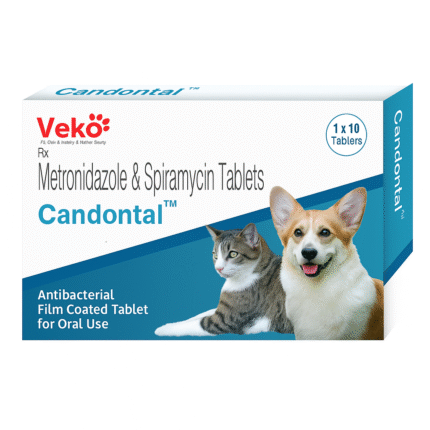


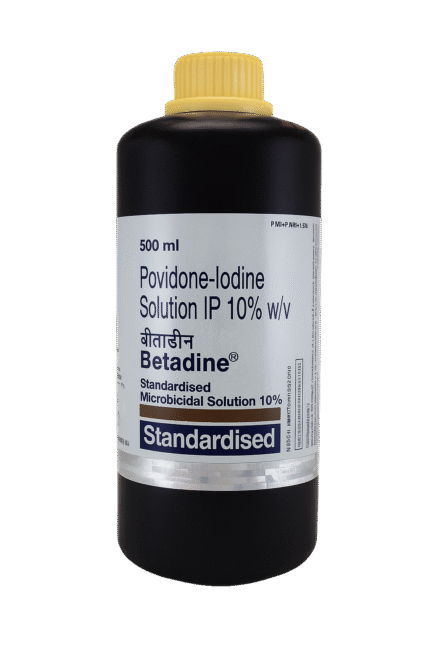
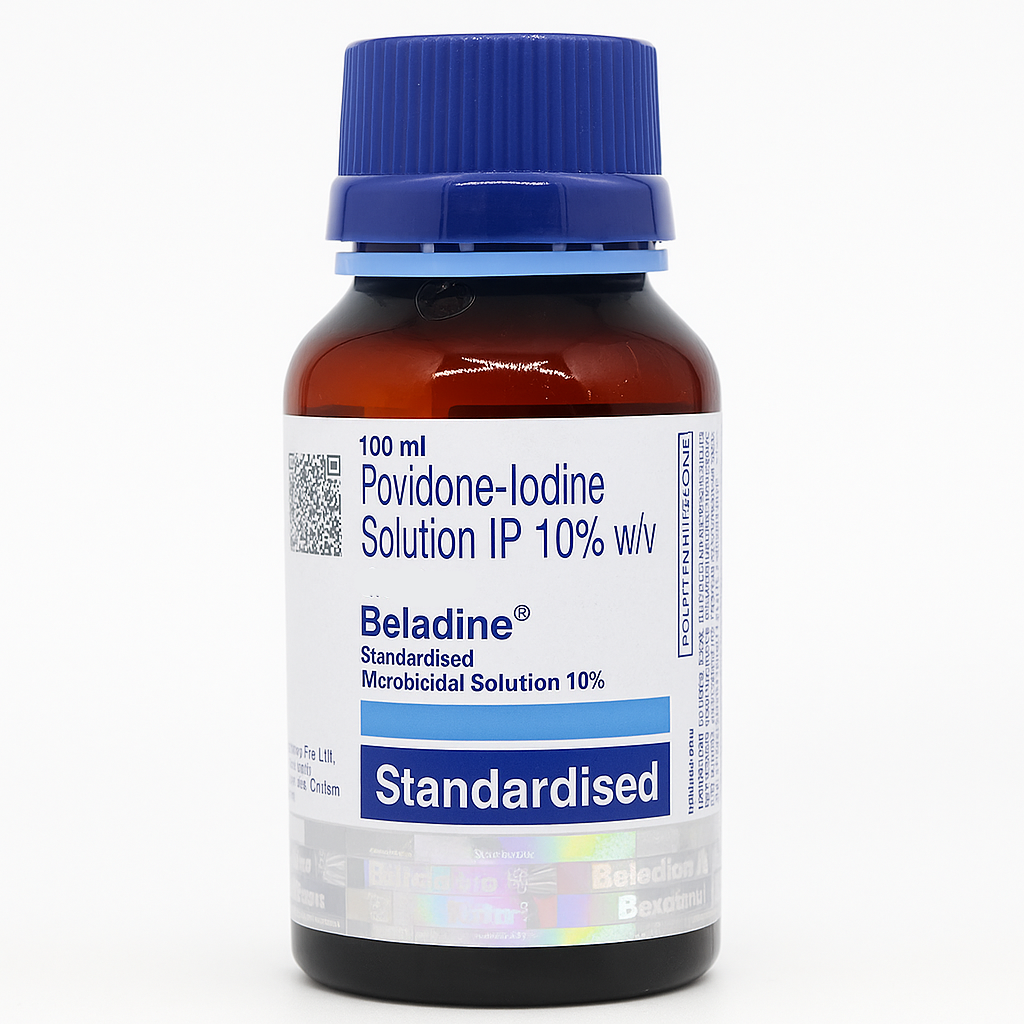


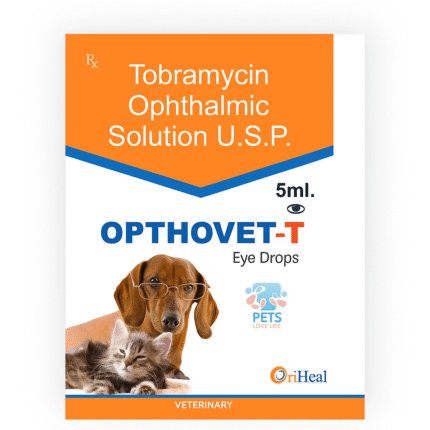
Reviews
There are no reviews yet.